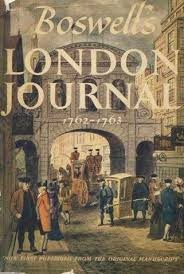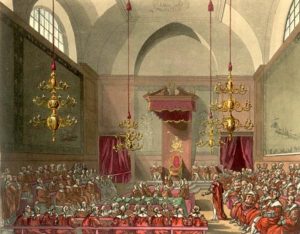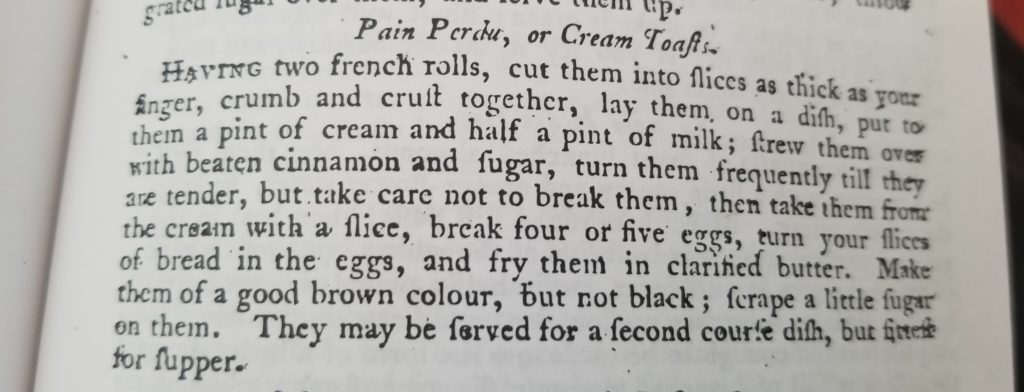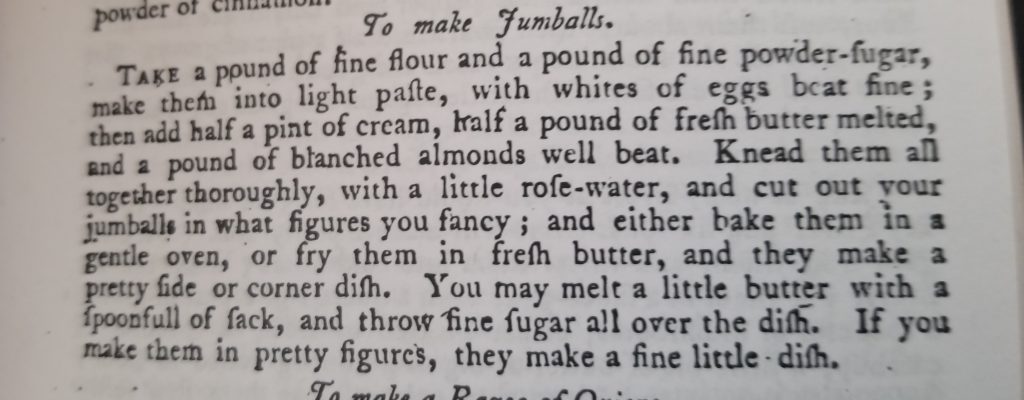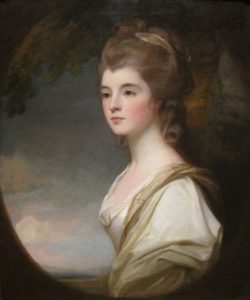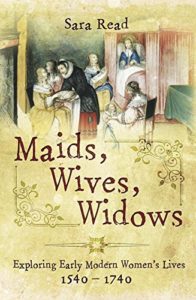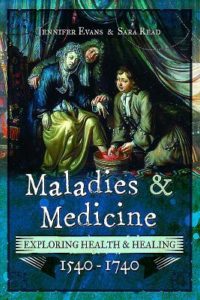I absolutely love reading firsthand accounts of the era in which I set my books. I’ve been reading Boswell’s London Journal 1762-1763 again. It’s nice, because the entries are small and I can read one or two whenever I have a moment to spare from whatever else I’m doing.
As these were his private journals, he’s quite frank in them. And it’s interesting to see just how a single man about town whiled away his time. For example, here is a typical entry, dated Saturday 4 December (1762):
“I breakfasted with Dempster. He accompanied me into the City. He parted from me at St. Paul’s, and I went to Child’s, where there was not much said. I dined and drank tea with Lady Betty Macfarlane. We were but cold and dull. The Laird was low and disagreeable. I resolved to dine there no more; at least very, very seldom. At night, Erskine and I strolled through the streets and St. James’s Park. Were were accosted there by several ladies of the town [whores]. Erskine was very humorous and said some very wild things to them. There was one in a red cloak of a good buxom person and comely face whom I marked as a future piece, in case of exigency.”
This entry has a footnote which also gives Boswell’s daily memoranda of the same day (yes, the man kept TWO different forms of journal of his daily life!).
“Breakfast first at home. Then in Bath [coat] and old grey [suit] and stick, sally to City. Send off North Britons to Digges. Get the one of the day. Go to Child’s, take dish of coffee, read Auditor, Monitor, Briton. Then come to Douglas’s and inquire about parade. Then Leicester [Street], dine. Be comfortable yet genteel, and please your friend Captain Erskine. Drink tea. Then home, quiet, and wind up the week’s journal in grey and slippers. Be always in bed before twelve. Never sup out. Breakfast R> Mackye Sunday and take franks [get Mackye to send his mail for free].”
Clearly, I need to see about tracking down a copy of Boswell’s memoranda (as well as other volumes of his journal). I love this kind of daily minutia. It really helps me fill out my scenes, understand how my characters would have spent their time, and how they would have thought about the world. And can you imagine the scandal if someone wrote a little too frankly in his journal and it was stolen and published? Oh, glorious plot bunny!

